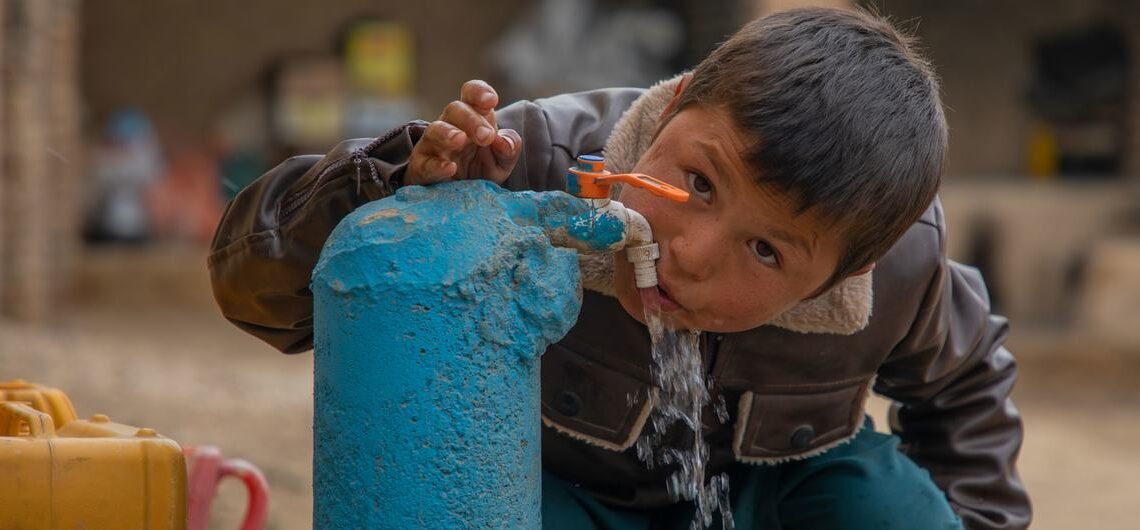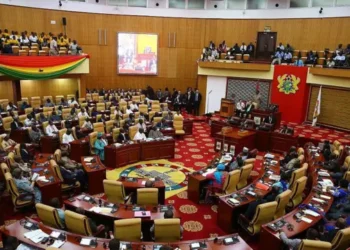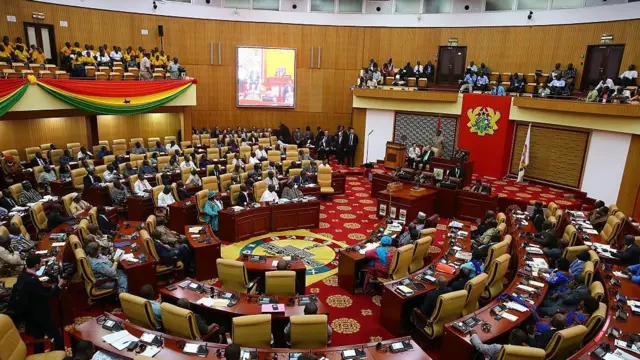The threat to humanitarian data collection from global funding cuts is raising alarm bells across aid agencies, with the UN’s Office for the Coordination of Humanitarian Affairs (OCHA) cautioning that critical, life-saving responses are increasingly under strain.
In a recent report titled State of Open Humanitarian Data, OCHA emphasized that data remains “central to humanitarian action”, especially when it comes to directing relief toward the most vulnerable populations.
“As the humanitarian system severely contracts due to unprecedented funding cuts and threats to principled humanitarian action, the data ecosystem that supports it will experience the same pressure.”
OCHA report
Funding cuts are not just trimming the edges of humanitarian operations — they are severely undermining the capacity to gather crucial data that informs timely responses to crises, from natural disasters to conflict displacement. Without reliable figures and early warning signs, millions of lives hang in the balance.
This data includes detailed climate indicators like rainfall, temperature changes, flood patterns, and their agricultural consequences — information that helps agencies forecast needs, predict displacements, and deliver aid before disaster strikes.
Data Availability And Forecasting Abilities
A striking example came earlier this year in Cameroon, where OCHA collaborated with the UN Central Emergency Response Fund (CERF) ahead of the rainy season to predict potential flood exposure.
The joint effort estimated that approximately 350,000 people would be at risk. As the season unfolded, over 356,000 individuals were ultimately affected. Informed by the data, CERF swiftly released $4 million in emergency funds, helping more than 176,000 people in the most severely impacted areas.
These kinds of proactive measures are made possible through platforms like the Humanitarian Data Exchange (HDX), which OCHA oversees. In 2024 alone, over 216 organizations contributed some 2,500 datasets covering crises across regions such as Sudan, Gaza, and Afghanistan.

HDX is proving indispensable. Last year, the platform attracted more than 1.4 million users across 200 countries and territories. With nearly 20,000 datasets available, the platform saw a 30 percent jump in downloads compared to 2023 — reaching a staggering 3.5 million.
This widespread usage reflects growing global reliance on quality humanitarian data. OCHA describes the HDX repository as a “foundational set of data that is critical to understand a humanitarian context.”
However, the availability of that data varies drastically between regions. Countries like Colombia, Afghanistan, and South Sudan maintained high levels of timely data. Meanwhile, Myanmar and the State of Palestine recorded the lowest data availability, complicating humanitarian planning and delivery in those regions.
As the global financial squeeze tightens, OCHA is sounding the alarm that the ability to collect and share life-saving data is at risk. “We’re calling on governments and partners to continue investing in the data that underpins crisis response in what is surely a defining moment for the sector,” the report concluded.
In an era of escalating climate emergencies, geopolitical unrest, and fragile peace processes, data remains one of the most powerful tools in the humanitarian arsenal. But without sustainable support, that tool may soon grow dull — just when the world needs it most.
READ ALSO: Ghana Engages U.S. Over New Tariff Amid Concerns For Local Exporters




















